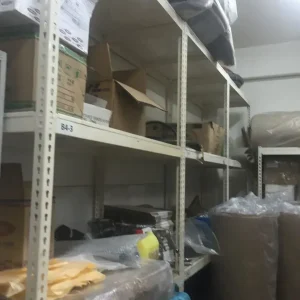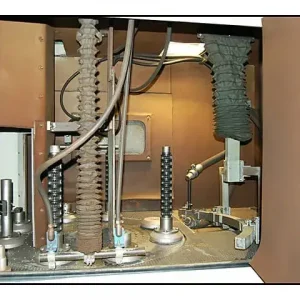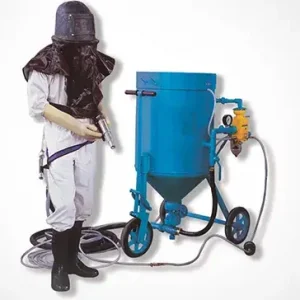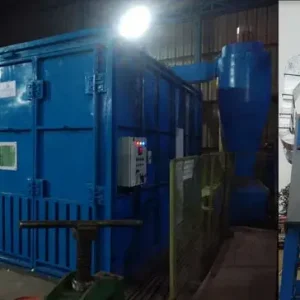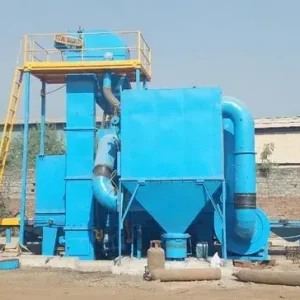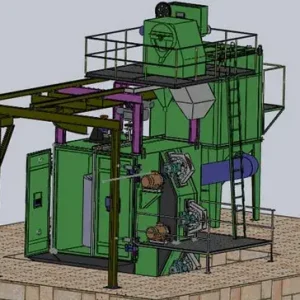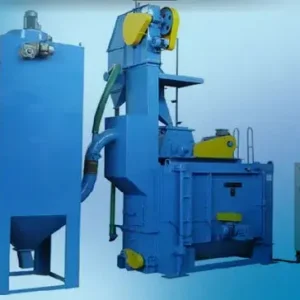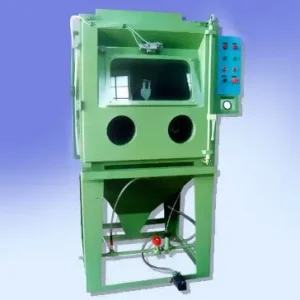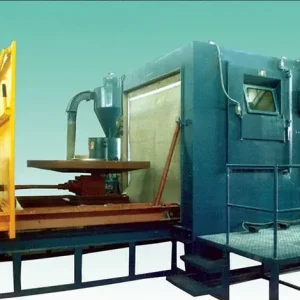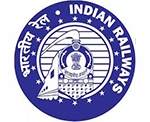Sand blasting (abrasive blasting) is one of the most effective ways to clean, polish, and prepare industrial surfaces. However, along with its benefits comes a major challenge — dust generation. If not controlled, dust can affect worker health, reduce visibility, and even compromise the quality of surface finishing.
At Aerowheel Surface Finishing, we believe that safety is just as important as performance. That’s why we follow proven methods to minimize dust and create a safer blasting environment. Let’s explore how dust can be controlled and safety improved in sand blasting operations.
Why Dust Control Matters in Sand Blasting
- Health Risks: Fine dust particles, especially silica, can cause respiratory diseases if inhaled.
- Reduced Visibility: Too much dust makes it harder for operators to see and work accurately.
- Equipment Damage: Dust can clog machinery and reduce blasting efficiency.
- Environmental Concerns: Uncontrolled dust can spread beyond the blasting area.
By controlling dust, businesses not only protect workers but also achieve cleaner, more consistent surface finishes.
Effective Ways to Control Dust in Sand Blasting
1. Use of Proper Abrasives
Choosing the right abrasive is the first step. Modern alternatives like garnet, steel grit, and glass beads produce far less dust compared to traditional silica sand. They are safer, more efficient, and environmentally friendly.
2. Enclosed Blasting Chambers (Blast Rooms)
Blasting inside a blast room or cabinet helps contain dust in a controlled environment. This prevents particles from spreading into the open workspace.
3. Ventilation and Dust Collectors
Installing proper ventilation systems and dust collectors ensures continuous removal of airborne particles. This keeps the air clean and safe for workers.
4. Water-Based Blasting (Wet Blasting)
Mixing water with abrasive media significantly reduces dust. Wet blasting not only improves visibility but also provides a smoother surface finish.
5. Personal Protective Equipment (PPE)
Even with advanced dust-control systems, worker safety is a priority. Operators should wear:
Top 10 Sand Blasting Machine Manufacturers in India – 2025
When Should You Upgrade Your Sand Blasting Equipment?
How Indian Manufacturers Are Revolutionizing Shot Blasting Equipment
- Respirators or air-fed helmets
- Protective clothing
- Gloves and safety shoes
- Eye and ear protection
Improving Safety Beyond Dust Control
Dust control is important, but overall safety depends on:
- Regular equipment maintenance to avoid leaks and malfunctions.
- Operator training to ensure correct handling of blasting tools.
- Clear safety guidelines for all workers in the blasting area.
Aerowheel’s Approach to Safer Sand Blasting
At Aerowheel Surface Finishing, we combine modern dust-control technology with strict safety protocols. From enclosed blast rooms to eco-friendly abrasives, we ensure that every project is carried out with maximum safety, efficiency, and environmental care.
Final Thoughts
Controlling dust in sand blasting is not just about compliance—it’s about protecting workers, improving quality, and extending the life of equipment. By using the right abrasives, proper dust-collection systems, and protective gear, industries can make abrasive blasting safer and more effective.
If you’re looking for safe and reliable sand blasting services, Aerowheel Surface Finishing is your trusted partner for clean, precise, and secure surface finishing solutions.








